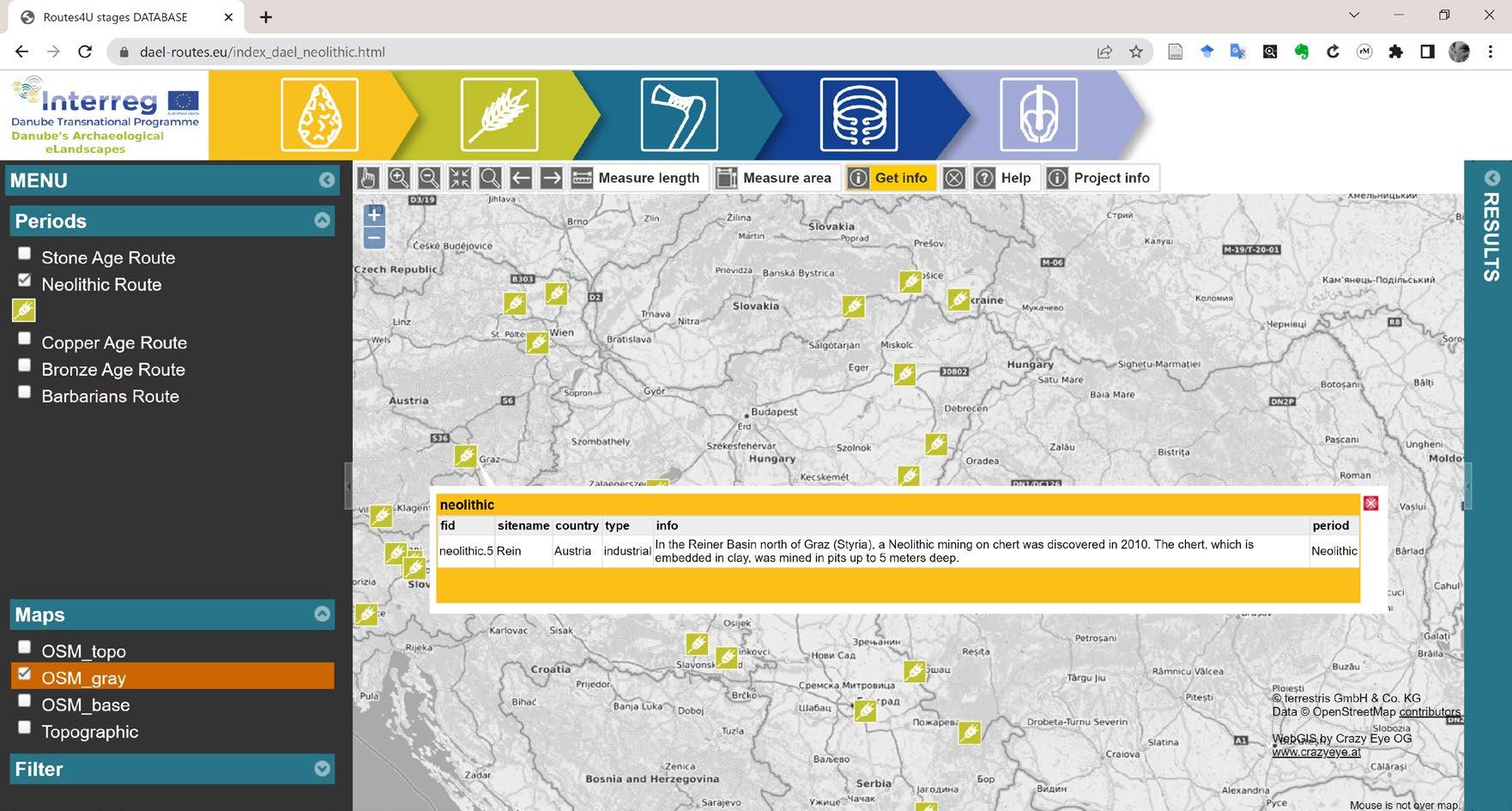
2 minute read
3.2.3 Data analysis
3.2.3 Data analysis From the collected data some information on the character of the selected candidates for each thematic period can be derived. The information on the visibility provided by the partners reveals, that there is big difference in the quality of archaeological heritage from different periods (Figure 4). Naturally prehistoric sites offer less visible remnant traces than sites from Late Antiquity and Early Medieval Times (often stone buildings and remaining ruins). Another differentiation can be seen between sites from early periods of humankind versus later periods. While at Neolithic, Copper and Bronze Age sites approx. a quarter has visible, but not interpreted archaeological heritage, this share is at 41% for Stone Age sites. All in all, the selection shows that a third of the most important archaeological sites still needs some support in the development of reconstructions and interpretations onsite.
Figure 4: Visibility of heritage
Advertisement
The evaluation of available infrastructure (restaurants, tourist info, public transport) at the sites and in their surroundings showed again differences for single periods (Figure 5). While 40% of sites suggested for the copper age route have no significant infrastructure developed, while this applies only to 10% of sites for a Barbarian route. Additionally, the Neolithic sites selected have the secondbest infrastructure with 49% of them fully developed. Half of the Stone age sites do have basic infrastructure, which can be considered a good number, due to their nature of often being off the beaten tracks.

Figure 5: Infrastructure at the sites and of their surroundings
The assessment of the touristic potential highlights again differences between prehistoric (Stone, Neolithic, Copper, Bronze Age) and early historic (Barbarians) periods (Figure 6. While the latter are by 57% already developed top tourist destinations and have by 31% good potential for development only 25% of Stone Age sites are already top destinations. With 55% the potential for development is considered as high. For almost 25% of sites from Neolithic, Copper and Bronze age the potential must be characterized as low and high investments would be necessary. Still, at almost 70% of them the potential is high or at least fair and they would profit from future initiatives.

Figure 6: Touristic potential of archaeological sites and destinations and their surrounding
Another important factor for sustainable networks is the quality of the management of destinations and candidates (Figure 7). The assessment of the partners showed that at least for 75% long-term or at least short-term care can be assured. Again, destinations for a Barbarian route have the highest value with 85% and Bronze Age candidates need most attention in this regard (66% care assured). Future support should be given to stakeholders to rise the number of sites with ensured long term management even further for all selected sites.

Figure 7: Type of management assured for selected archaeological sites




